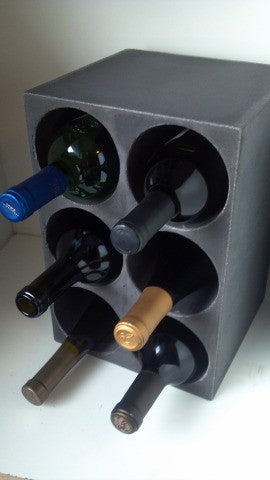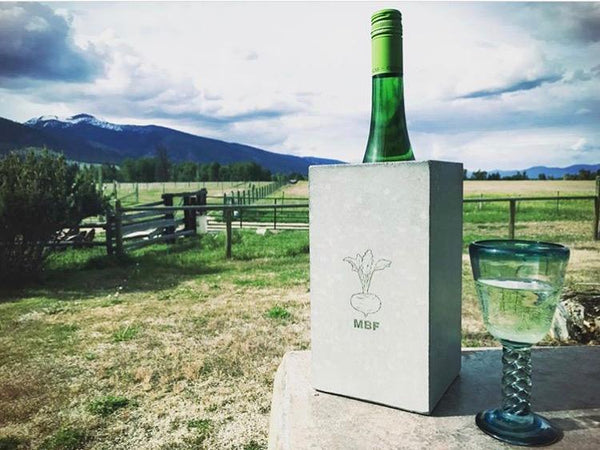Does Biodynamic Wine Make Me More Dynamic?

There was a time in my life when choosing a bottle of wine at a restaurant simply involved asking the server what was good and a short reply, “ The Merlot or Cab.”
Things have changed. I am not complaining, let’s be clear about that. BUT there are a lot more factors involved in the choice these days—because more people know more about wine, including the average server. For instance, we often talk about terroir (geography, geology and climate), age (in oak or stainless?), the wine-maker and farming methods.
In reality, during most of this, my eyes glaze over and I start thinking about fishing. I really just want something that tastes good and enhances my dining experience. However, I do find myself keying in on farming methods—or as we call it in the wine world: viticulture.
Historically, viticulture was pretty hard on the environment. But a lot of wine-makers are moving into more sustainable methods. Even if they aren’t seeking a full organic certification (which can be difficult and dare I say, unrealistic at times) they are moving in that direction. The market demands it, the land demands it and for many, they believe fully in the benefits of it.
I think it makes a lot of sense, and I am certainly willing to support it. After all, I try to apply the same principles to my own lifestyle and business.
But what about Biodynamic Viticulture? Biody-what? The first time I heard it, it rolled off the server’s tongue like it was no big deal. Like, “Everybody knows what that is.” I didn’t—and asked for a short explanation that led me to believe it was a little hokey. It might have been the slight eye-roll that the server gave when she said,
“It’s like organic farming, but in tune with the stars and the moon, and all that stuff . . .”
We all know how the wine culture is focused on superior outcomes. Biodynamic viticulture has been deemed the “superior” method of viticulture. You might say it’s organic, on steroids (or not—more like organic, on minerals). It is based on sustainable and organic practices but also incorporates a spiritual/practical philosophy coined by Rudolf Steiner in the 1920s. Basically, biodynamic practices incorporate an ecological, spiritual and energetic understanding of nature. The site Oregonians for Science and Reason provides some good background.
I still don’t know what exactly I think about it, because those who practice it swear that their wines are better, and those who might be more rooted in science are asking for hard evidence.
I do know that many top estates practice biodynamic viticulture under the stringent standards of the Demeter Association—and more than 450 estates practice it worldwide.
Caroline Gilby has a few interesting points to make on the topic. The one that sticks with me is that even without hard evidence, the concept is built on fundamentally responsible farming tactics.
I had a chance to drink a great Pinot by Maysara Winery not all that long ago. It’s one I remember. It could be that I remember it because I was sitting on the porch, staring at the moon in the midst of a vivid sunset. Who knows? Yet, I can’t help but think:
Good wine, built on responsible farming, how bad can that be?
Leave a comment
Comments will be approved before showing up.
Also in News




